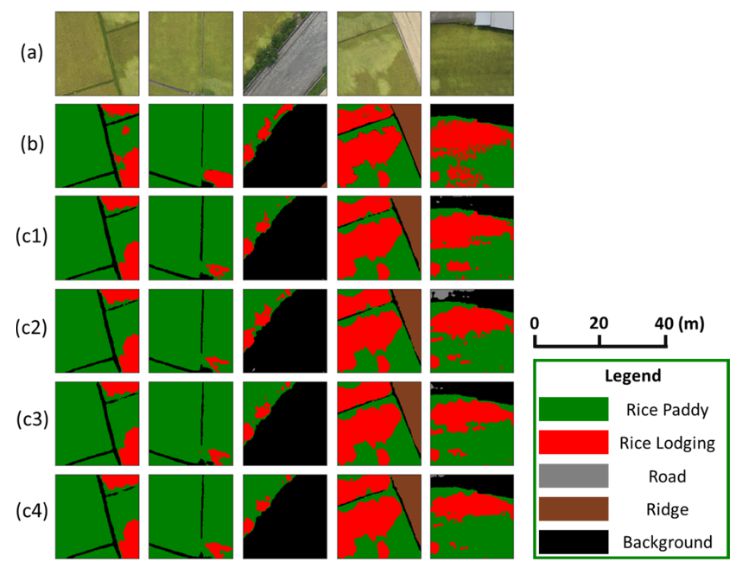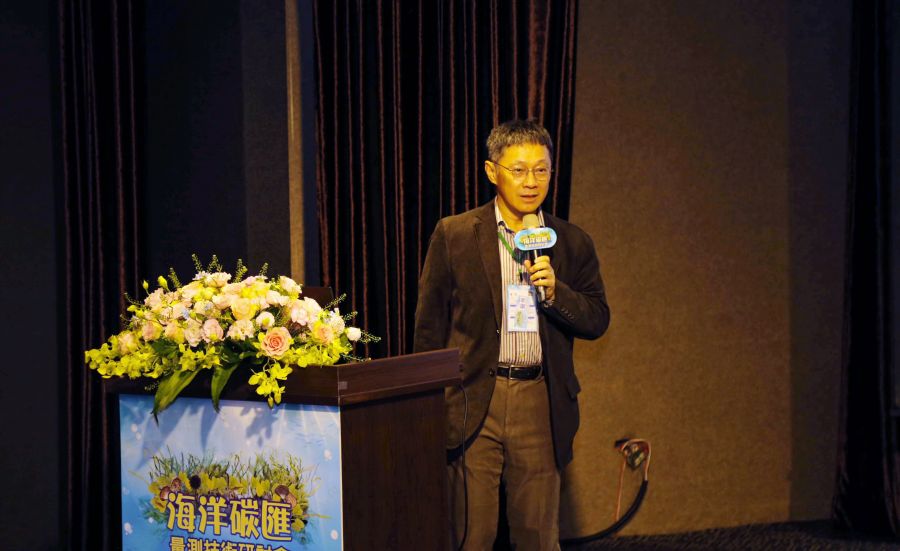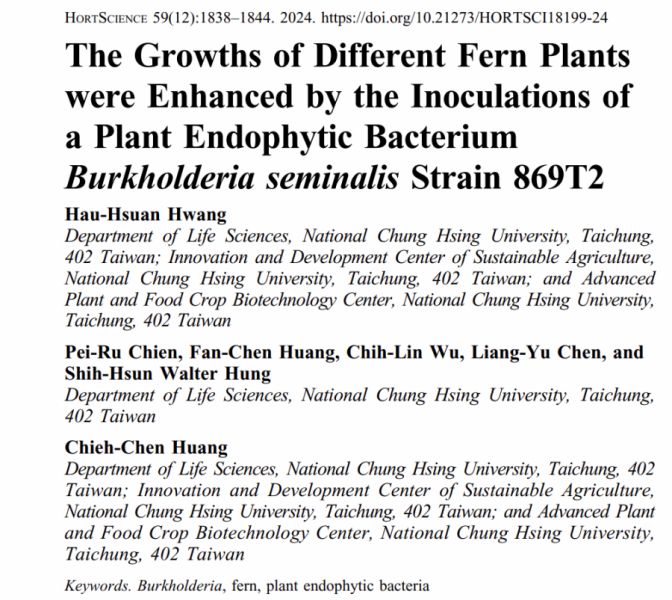生態農業:農業地景生態監測及復育【土木工程學系/楊明德特聘教授】
| 論文篇名 | 英文:Adaptive autonomous UAV scouting for rice lodging assessment using edge computing with deep learning EDANet 中文:深度學習EDANet的邊緣計算於自適性主無人機之水稻倒伏評估 |
| 期刊名稱 | COMPUTERS AND ELECTRONICS IN AGRICULTURE |
| 發表年份,卷數,起迄頁數 | 2020, 179(2020), 105817 |
| 作者 | Yang, Ming-Der(楊明德); Boubin, Jayson G.*; Tsai, Hui Ping(蔡慧萍)*; Tseng, Hsin-Hung*; Hsu, Yu-Chun; Stewart, Christopher C. |
| DOI | 10.1016/j.compag.2020.105817 |
| 中文摘要 | 稻米是全球重要的農作物,隨著氣候變遷和人口增長,稻米將繼續在世界糧食中發維持重要的地位。倒伏對水稻生產之量和質造成嚴重威脅,而倒伏評估是一項繁瑣工作,由於常常涉及大面積農地調查,因此需要大量的勞動和較長的時間。本研究開發一自主農作物無人機偵察技術,透過結合自主偵查和與邊緣計算於水稻倒伏檢測,可在無需人工干預情況下繪製農作物倒伏地圖,比傳統的調查方法更快速、更低成本地估算水稻的倒伏比例。本研究使用深度神經網絡和無人機電量限制下之最佳飛行路線模擬,針對高倒伏地區做高解析度的稻田無人機田間偵察與辨識,可達到以99.25%的辨識準確度,且比傳統的無人機偵察方法節省36%時間。 |
| 英文摘要 | Rice is a globally important crop that will continue to play an essential role in feeding our world as we grapple with climate change and population growth. Lodging is a primary threat to rice production, decreasing rice yield, and quality. Lodging assessment is a tedious task and requires heavy labor and a long duration due to the vast land areas involved. Newly developed autonomous crop scouting techniques have shown promise in mapping crop fields without any human interaction. By combining autonomous scouting and lodged rice detection with edge computing, it is possible to estimate rice lodging faster and at a much lower cost than previous methods. This study presents an adaptive crop scouting mechanism for Autonomous Unmanned Aerial Vehicles (UAV). We simulate UAV crop scouting of rice fields at multiple levels using deep neural networks and real UAV energy profiles, focusing on areas with high lodging. Using the proposed method, we can scout rice fields 36% faster than conventional scouting methods at 99.25% accuracy. |
Figure Model testing results demonstration. (a)original image, (b)ground truth, and (c1-c4) represent EDANet with RGB, RGB ExG, RGB ExGR, and RGB ExG ExGR information, respectively. (Red represents rice lodging, green represents rice paddy, and black represents other classes). (For interpretation of the references to colour in this figure legend, the reader is referred to the web version of this article.)







